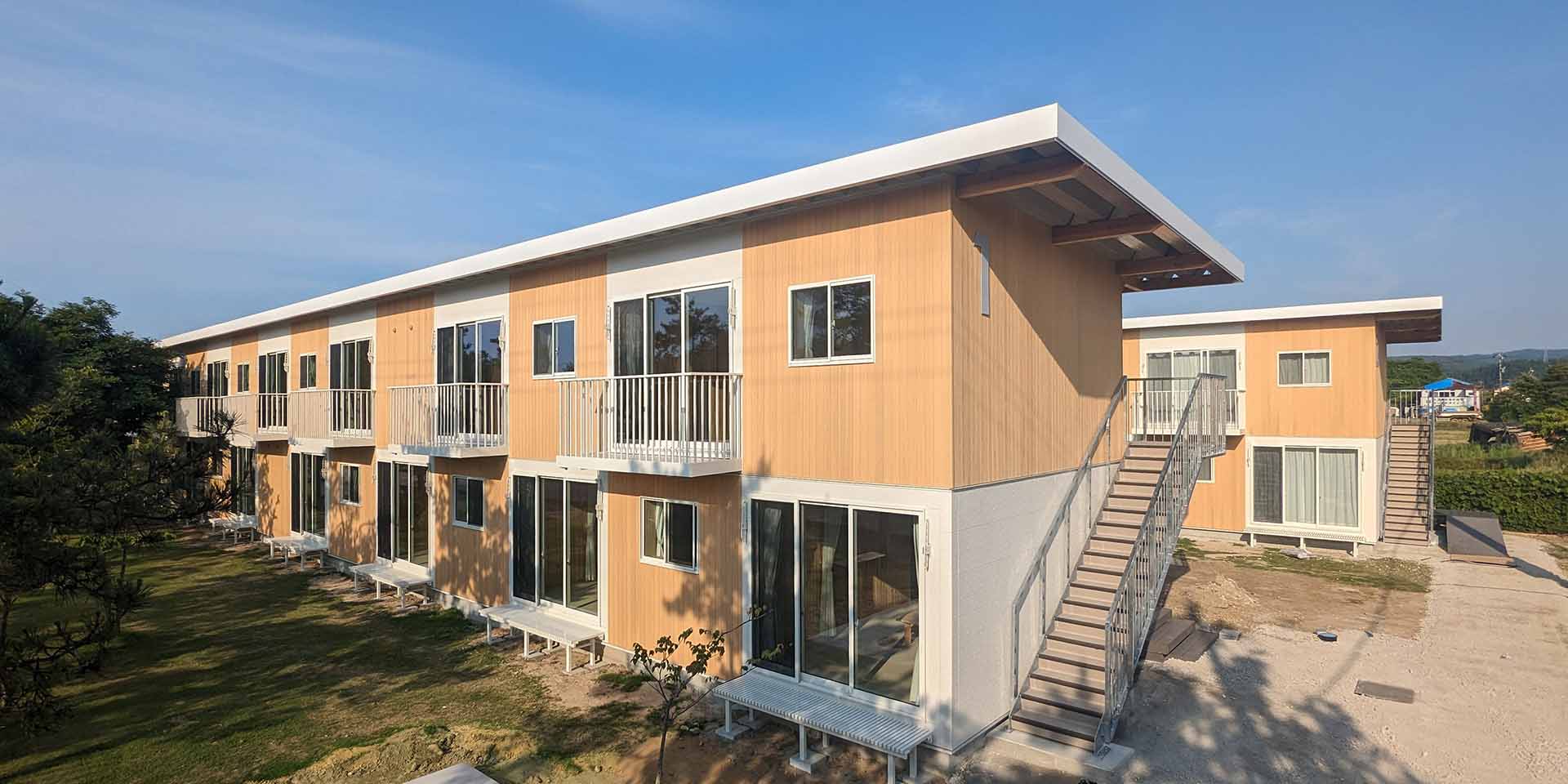
On New Year’s Day 2024, a magnitude 7.6 earthquake struck Ishikawa Prefecture’s Noto Peninsula. The death toll reached 245 and 76,144 housing units were damaged. Many residents were displaced amid the harsh winter cold, with approximately 15,000 seeking refuge.
Architect Shigeru Ban (previously) responded with a plan for 9 buildings that would house 166 households. They were constructed without the use of nails or any adhesives, and the first batch of 30 households were delivered in just under 3 months.
Recognized for their quality, speed and sustainability, the project was recently awarded the Good Design Grand Award — the highest honour of the Good Design Award 2025, presented by the Japan Institute of Design Promotion.
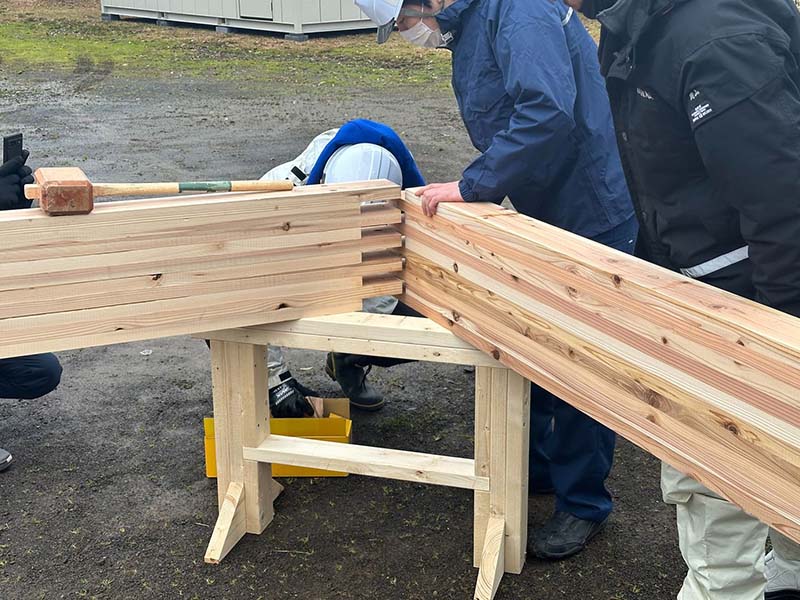
Engineered wood products, known as EWPs, are increasingly being used as construction and building materials. However, the predominant use of petroleum-based adhesives are not only harmful to the environment but affect their end-of-life disposal, reusability and recyclability.
Ban, who is already recognised globally for his disaster relief projects, utilized DLT (Dowel Laminated Timber), made without adhesives by inserting wooden dowels into aligned timbers with predrilled holes and assembled them into box-shaped units. Not only does this shorten the construction period but it allows almost anyone to work on the construction, eliminating the need for skilled artisans and carpenters who are increasingly scarce.
Twelve two-story buildings, accommodating 166 households, were constructed in Suzu and Wajima. And while labeled as temporary, Ban’s shelters aim to restore a sense of home, privacy and connection for displaced communities whose residents have opted to extend their stay to become semi-permanent.

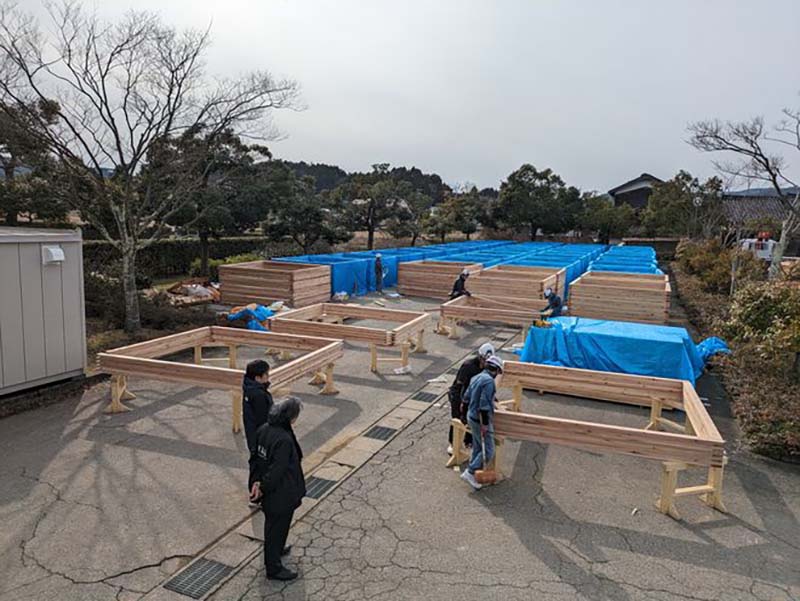
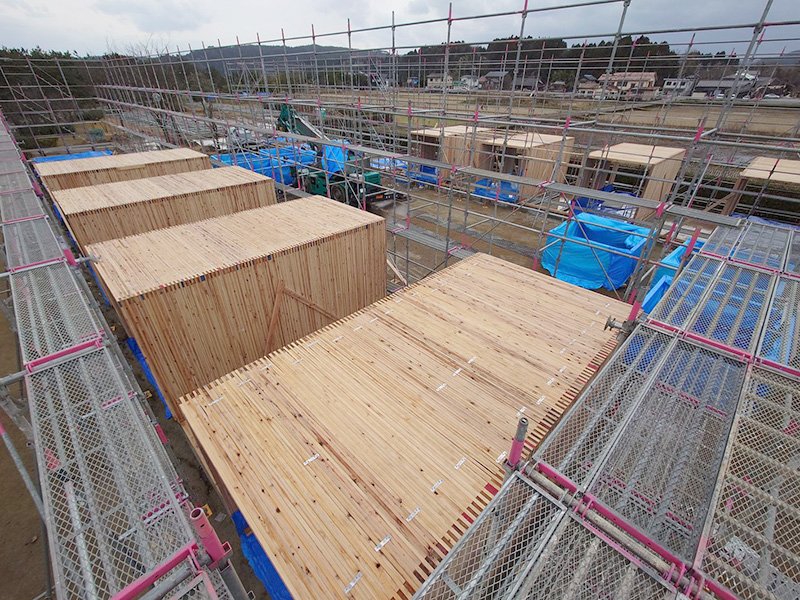
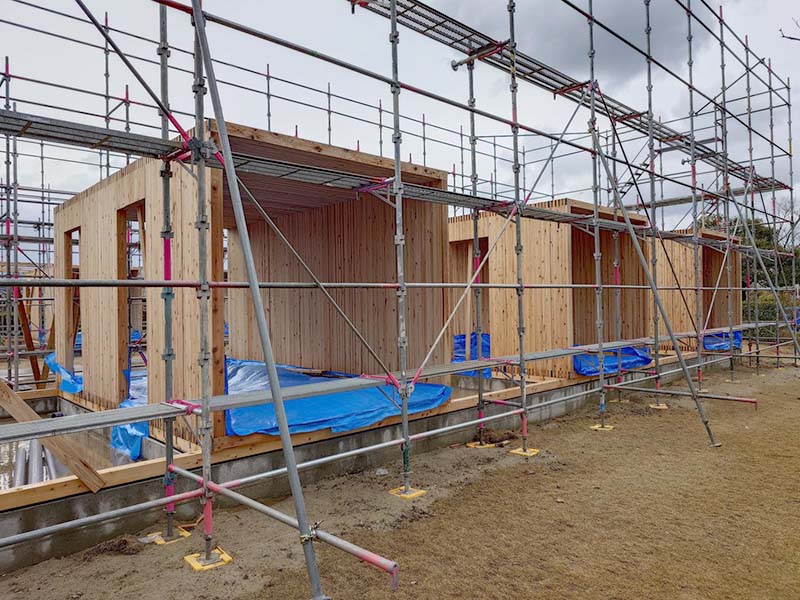
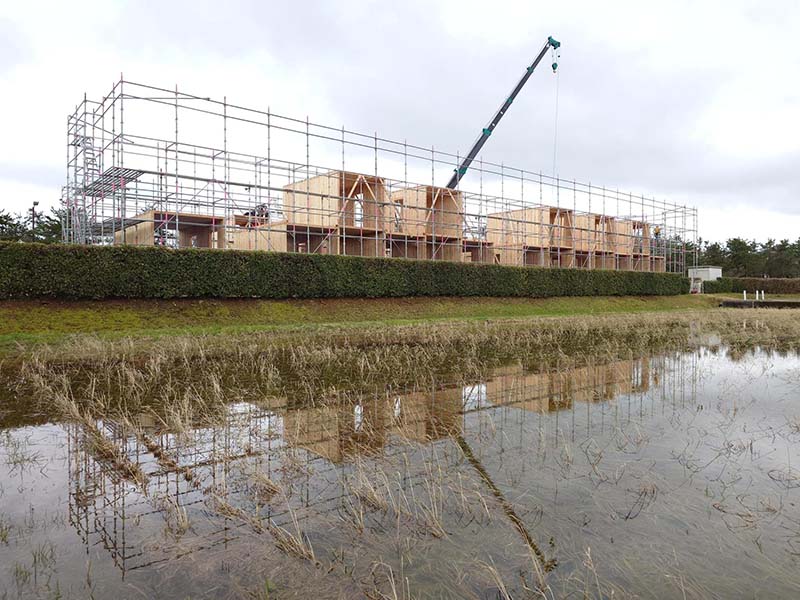
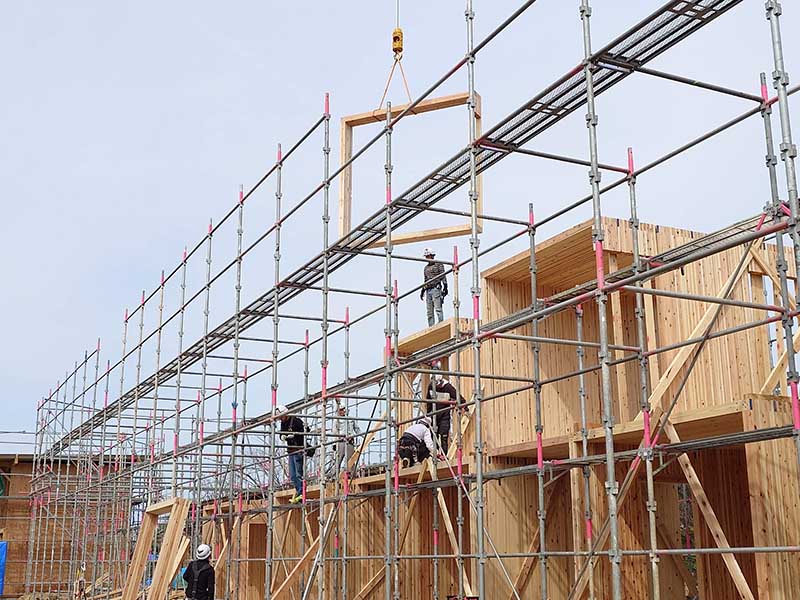
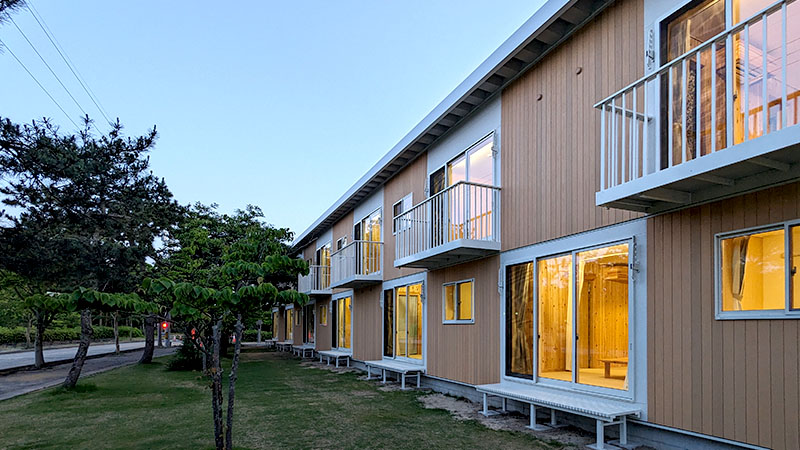
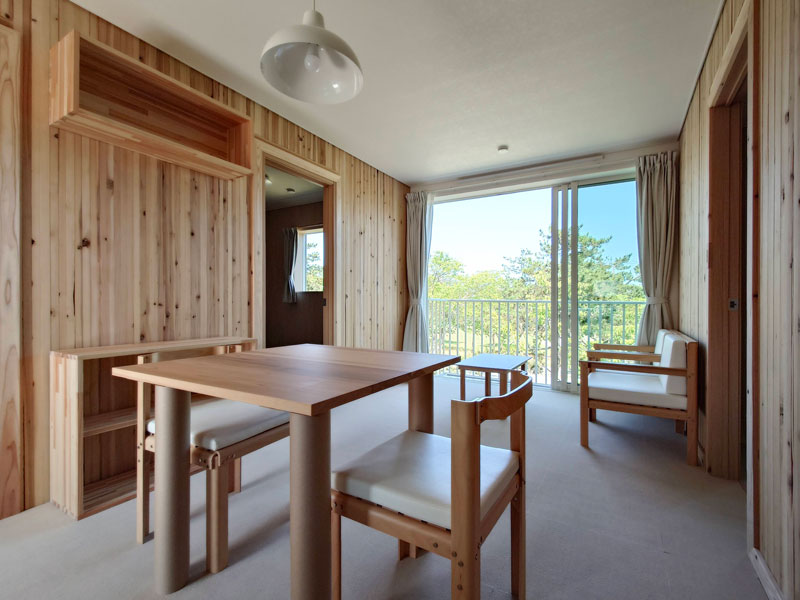
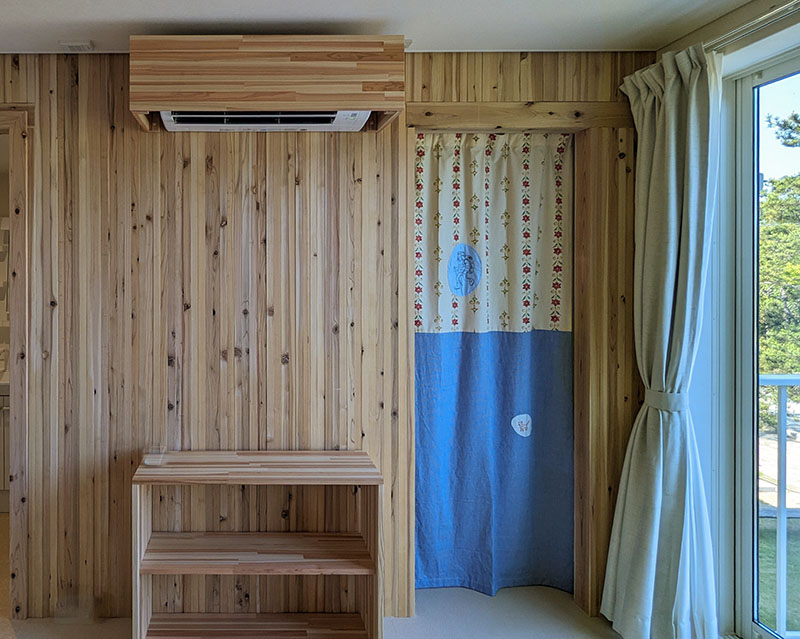




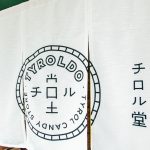

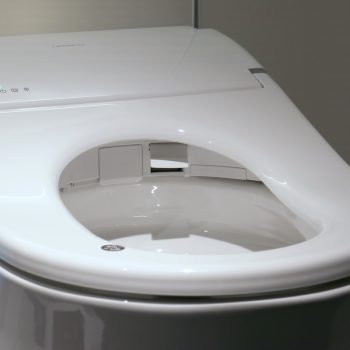


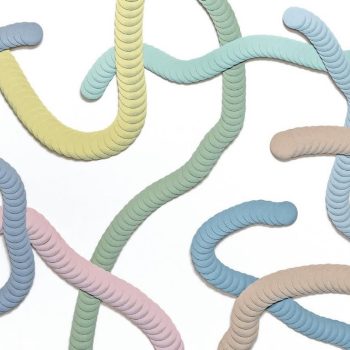
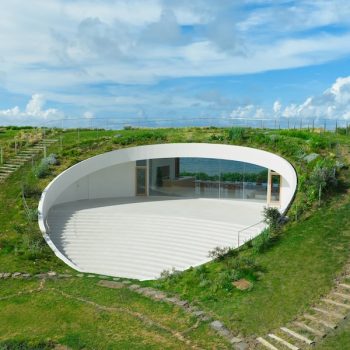

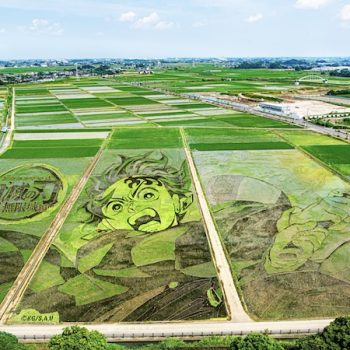
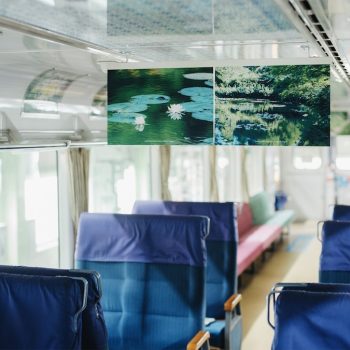
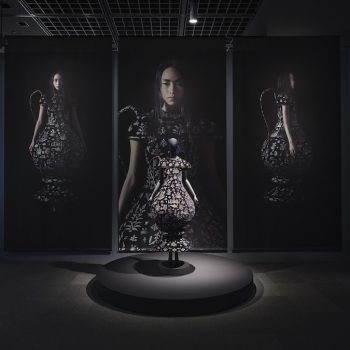








Leave a Reply